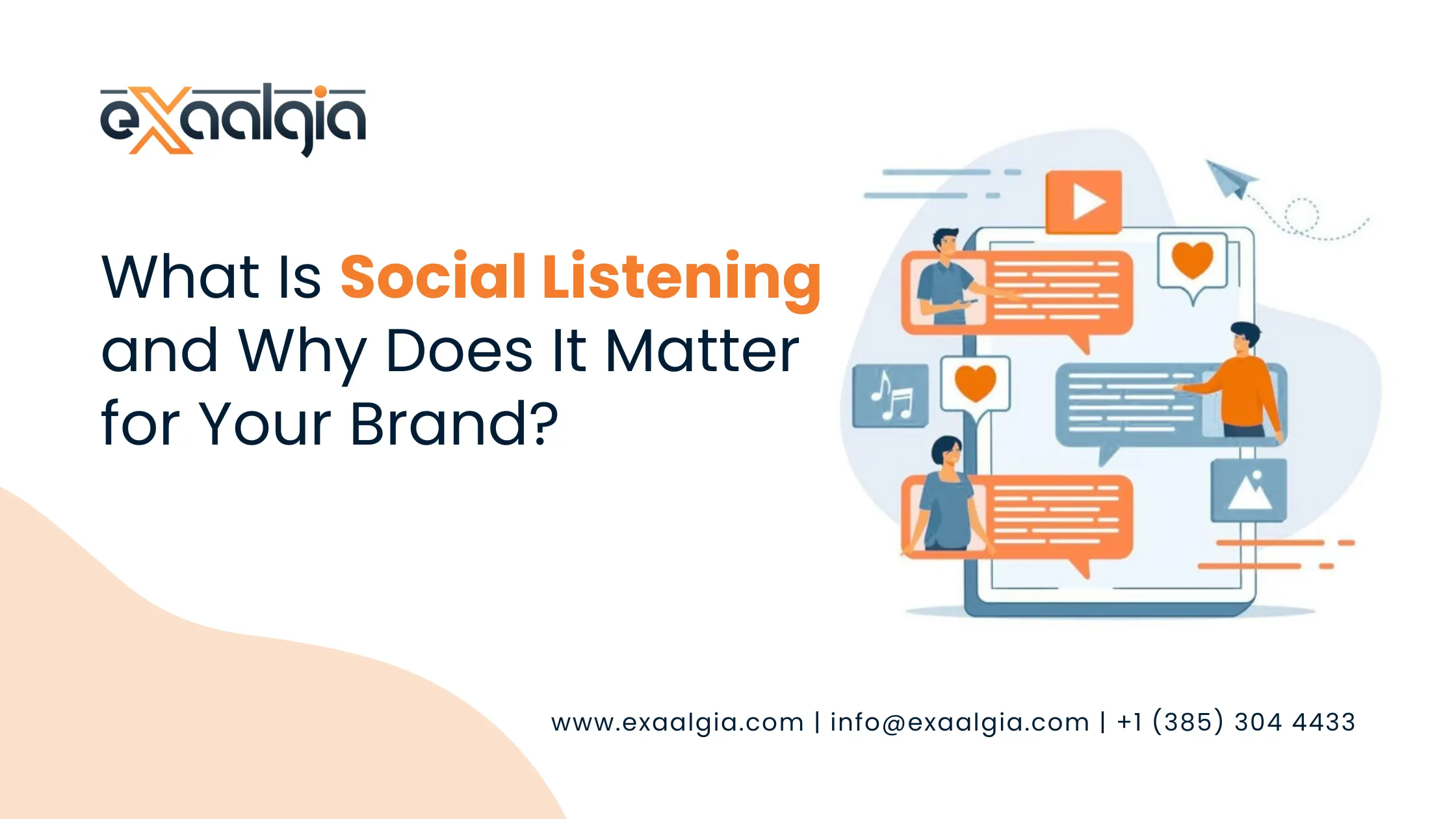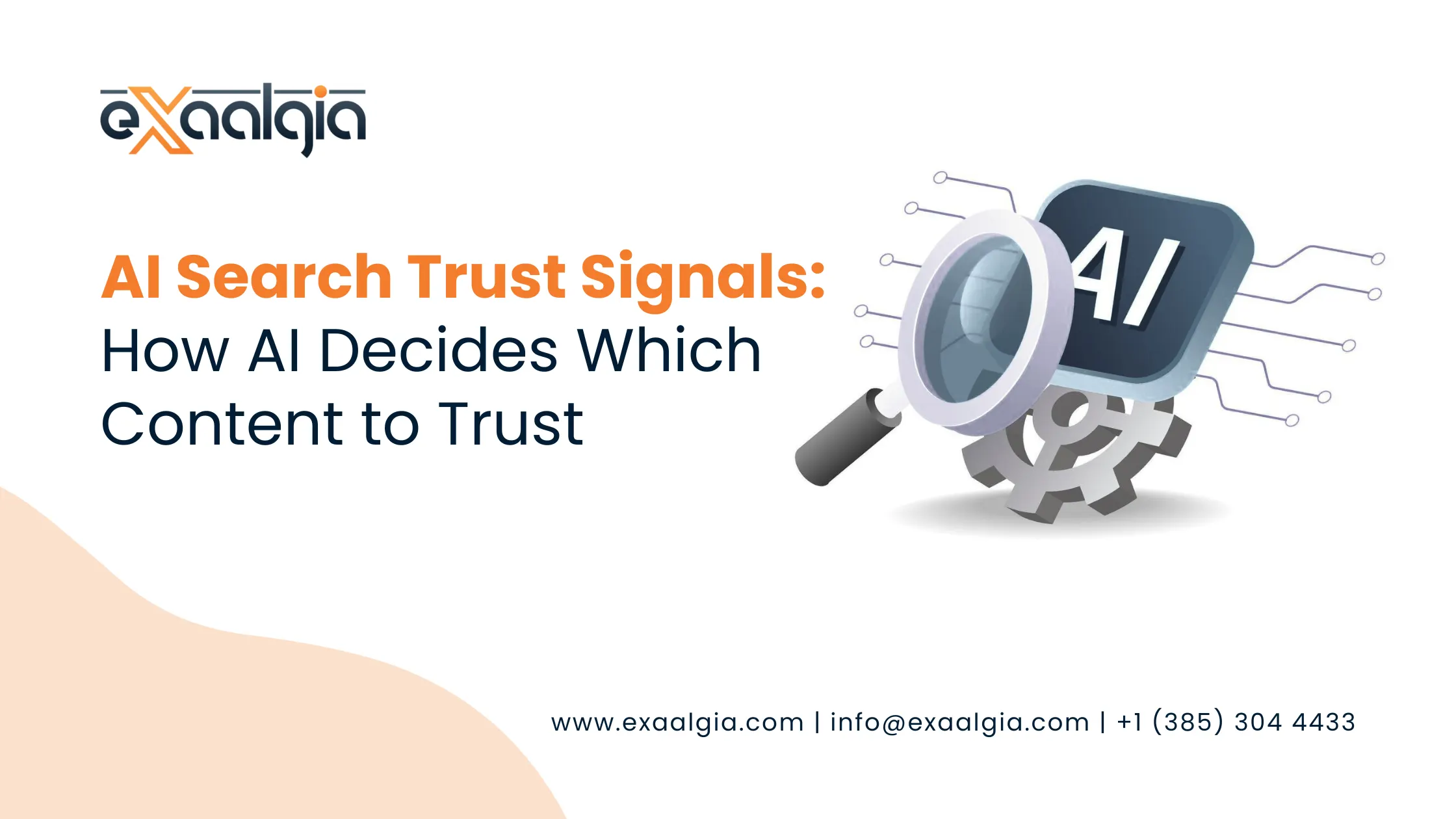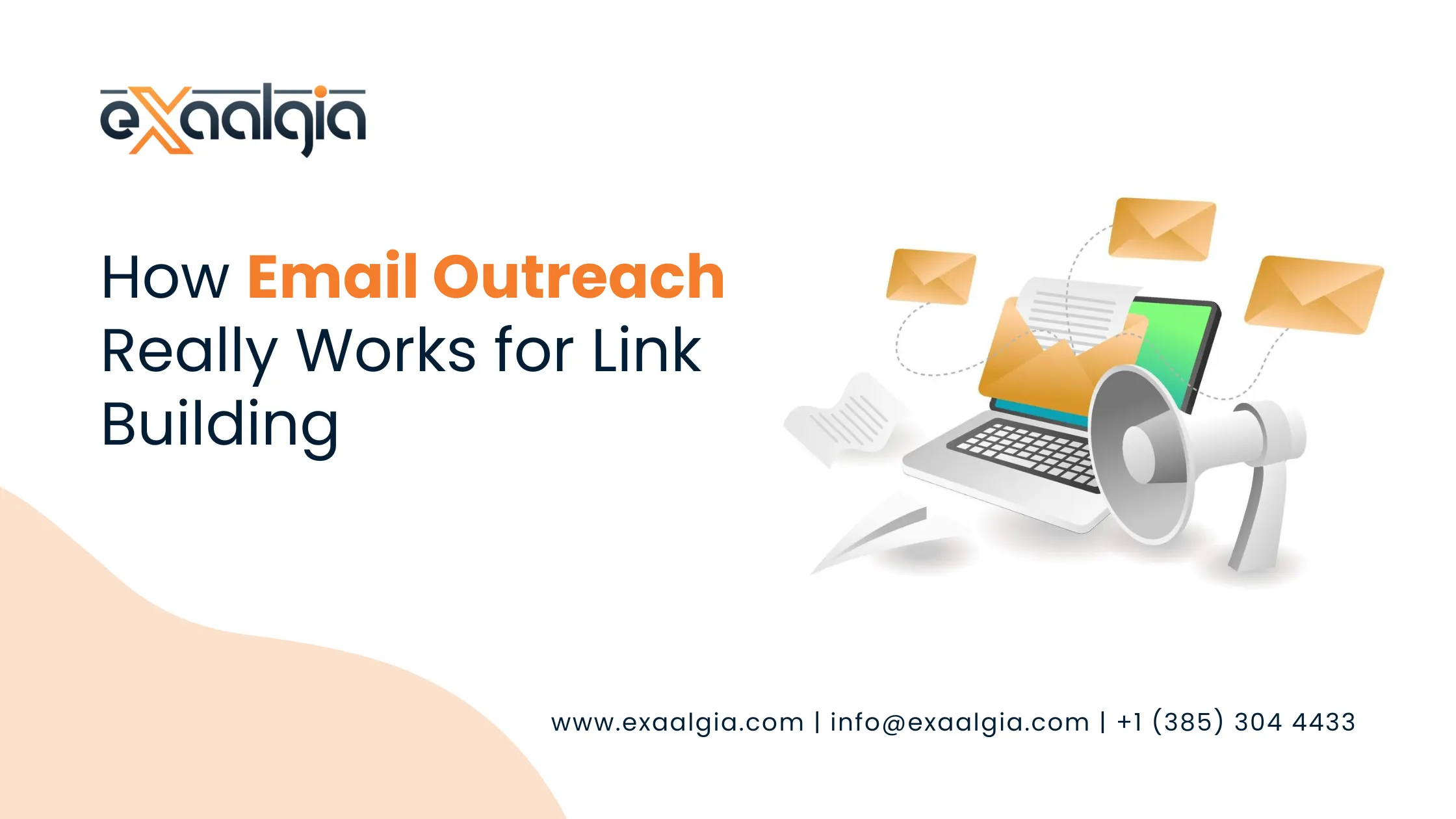Content chunking is not just a technique for formatting, it is a strategic move to make your content scannable, readable, and engaging. For digital marketers, agencies, and content creators, chunking not only clearly reveals the message for your target audience but also enhances the SEO performance.
This guide will dive into what content chunking is, the reasons for its importance, and how to effectively implement it, along with the changes in the content strategies it brings.
What Is Content Chunking?
Content chunking is a technique of treating large amounts of text as small pieces of information. Each piece or “chunk” contains one idea, which makes it easy for the reader to understand and remember.
Humans can only handle a certain amount of information at the same time. When the information is presented in long paragraphs, readers often miss the important points or drop out of the text. Chunking solves this problem by separating the content into independent pieces that transmit one message at a time.
Usually, a chunk consists of a header, a short paragraph, and sometimes an example or picture. Every chunk should be complete in itself but still connect logically to the information around it.
Why Breaking Content Into Chunks Improves Engagement
Increases Readability and Engagement
It is estimated that 60-80% of web content is scanned by readers. Chunking provides them with a quick way to find the information they want. Readers are able to process the content if it is broken down into smaller chunks each representing one idea.
This method not only boosts the amount of time spent on the site but also lowers the percentage of visitors who leave immediately. A chunked page invites readers in, making them more confident that they are receiving good content.
Enhances SEO Performance
Search engines give preference to structured content. Clear headings and short paragraphs not only help Google to understand your content better but also to rank it. Chunking increases the chances of being featured in snippets and other rich results.
AI-powered search engine technologies like Google’s BERT and other natural language processing models are based on good content segmentation. It is much easier for these mechanisms to match your content to user queries if your content is divided into logical pieces.
Facilitates Accessibility
Accessibility is another benefit of content chunking. Short, focused sections are easier for screen readers or people with cognitive disabilities to understand. You are making your content more accessible and easier to understand for all by treating all user groups well.
Chunking Content the Right Way: Techniques That Work
Begin With Detailed, Descriptive Headings
Headings serve as markers for the content or signs that indicate to the reader what each section is about. Avoid vague titles such as “Tips” or “Important Information.” Instead, use precise and descriptive headings that reflect the content of the respective chunks.
For example, instead of “Email Marketing Tips,” you can specify it as “5 Key Steps to Improve Your Email Marketing Campaigns.” This is beneficial for the audience as well as the search engines since it shows the relevance of the content.
Keep Paragraphs Short and Focused
Each paragraph should deal with one idea only. Long paragraphs including several points make the reader confused. Paragraphs with two or three sentences are short, and each bite sized piece is easy to digest.
A bite should be complete and have enough context so that it can be understood independently. Short paragraphs are also read on small screens, which is vital taking into account today’s mobile-first readers.
Organize Content Logically
The sequence of your chunks is important. Present information in such a way that it is easy to follow, especially for instructional or step-by-step content.
For instance, while discussing a marketing funnel, first tell about audience research, then go to campaign planning, content creation, distribution, analysis, and optimization. Each stage should be a separate chunk, leading the reader smoothly from start to end.
Use Visuals Strategically
Visuals not only make the text clearer but also provide more engagement. Every chunk could be illustrated by a chart, screenshot, infographic, or image that highlights the point and also breaks the text visually.
Always add narrative alt text for accessibility and SEO. Well placed visuals help to turn the wall of text into a friendly user experience.
Content Chunking in Action: Step-by-Step Examples
Imagine a blog on digital marketing strategy.
Before chunking:
Digital marketing is a complex discipline comprising where to get the right audience, create the right content, make the right measurements, and do the right optimization. Nevertheless, this information can easily get overbearing unless properly organized.
After chunking:
Chunk 1: Audience Analysis
Discover their preferences, habits, and pain points. The marketing actions that come after are based on audience understanding.
Chunk 2: Campaign Planning
Define the goals, message, media, and timelines. An effective campaign structure is maintained by a well-planned campaign.
Chunk 3: Content Creation for Specific Audience
Develop content that speaks to the audience’s needs and draws them in. Trust is built through personalized content.
Chunk 4: Performance Measurement
Watch KPIs like clicks, conversions, and engagements to recognize what works.
Chunk 5: Continuous Optimization
Performance metrics are leveraged to fine-tune strategies and to get the most out of ROI over a period.
The strategy demonstrates that content chunking is one of the ways that learning is made easier and that the difficult concepts are presented in simple and digestible pieces along with the main points.
Best Practices for Chunking Your Content
Uniform structure: Use the same paragraph lengths and headings throughout to create a pleasant reading experience.
Fragmentation: Avoid breaking up content into extremely small pieces. Each shall be significant.
Quality assurance: Chunking facilitates reading, but cannot take the place of quality. Make it a point that every chunk is informative and actionable.
Internal links: Each chunk represents a moment to link to corresponding pages, thus increasing the interaction and also benefiting the SEO.
Readability test: Tools like Grammarly, Hemingway, or YoastSEO can help in determining the clarity, sentence structure, and overall flow.
Why Content Chunking Improves Engagement
Repurposing great content: Each chunk can be used for social media posts, email campaigns, or infographics, thus ensuring maximum ROI from content.
SEO improvement: Neatly organized content is easier to index and is more likely to be featured in rich results and AI-driven answers.
User interaction up: Easy content navigation retains users for longer and gets more clicks.
Less hassle for edits: Separate chunks give you the opportunity to edit parts discreetly without going through the hassle of rewriting the entire piece.
AI-friendly: Clear chunks facilitate the process for AI tools to summarize, extract and suggest content thus making your content more easily discovered.
Make Your Content Work Harder With Chunking
Today’s digital marketing is incomplete without content chunking which is an effective tactic. The content is more likely to be read, understood, and acted upon with its division into bite-sized pieces.
The chunked content improves the SEO, attracts more users, allows the content to be used by more people, and connects well with the search technologies based on AI. For agencies and digital marketers, content chunking transforms the exhausting, overflowing articles into the easily readable and usable content.
When you apply chunking to your content strategy, it means that every piece of content is finding its audience quickly, keeping their interest, and producing the desired effect.
Plenty of Questions on Content Chunking
1. What is the role of content chunking in Search Engine Optimization boost?
Well-structured content is more friendly to search engines for crawling and ranking thus it has a higher chance of being included in featured snippets and AI-generated summaries.
2. Are there any limits to content chunking?
Definitely not. E-mails, guides, reports, eBooks, and blogs can all benefit from chunking.
3. What is the ideal length of a chunk?
A chunk will usually consist of 2 to 4 sentences discussing one particular point or idea.
4. Is chunking synonymous to headings?
Headings are one aspect of chunking but also short paragraphs, logical flow, and contained information are others.
5. Do you need any tools to execute chunking?
Not at all, but tools like Grammarly, Hemingway, SEMrush, or Yoast SEO can help automate chunking and improve readability and SEO at the same time.







